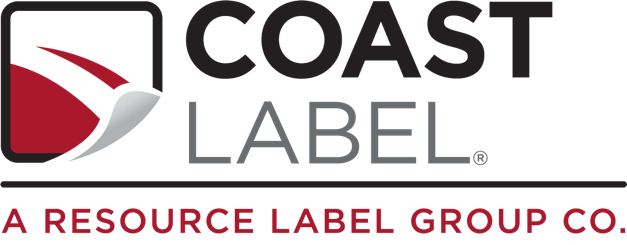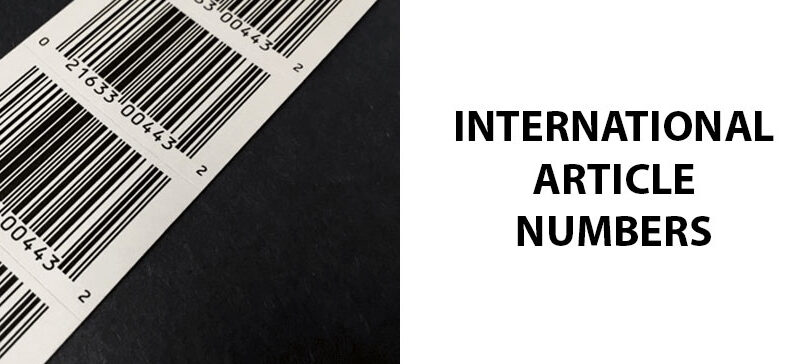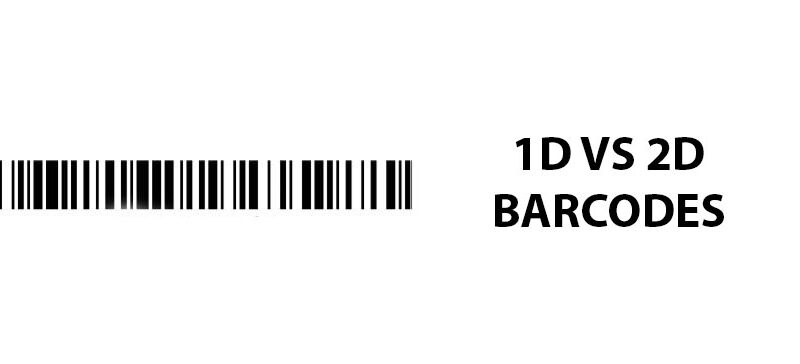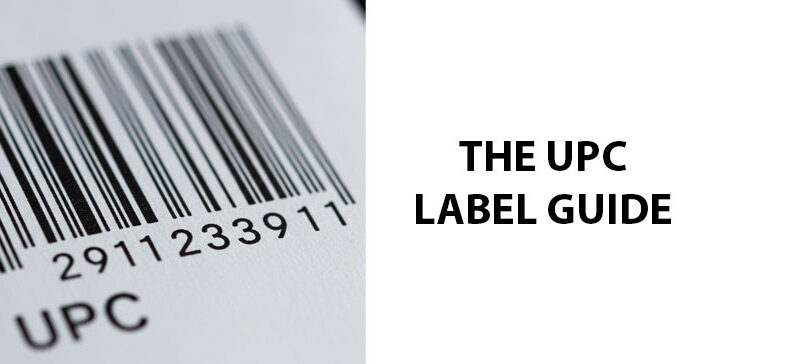Whether selling products in a retail setting or online, the International Article Number plays a crucial role in ensuring smooth transactions. Commonly known as an EAN (European Article Number), this barcode system helps businesses track inventory, streamline logistics, and prevent counterfeiting.
So what exactly is an International Article Number and why is it essential? In this post, we’ll cover its purpose, how it works, and why it’s a must-have in product labeling.
What Is an International Article Number?
An International Article Number, also known as an EAN, is a unique barcode used to identify products worldwide. It’s an extension of UPC that was created to facilitate international sales. Although originally used primarily in Europe, most retailers today can scan both UPC and EAN. There are a few different types of International Article Numbers, but the most common uses a 13-digit number that can be encoded into barcode format for quick scanning for retail, inventory, and supply chain management.
The structure of an International Article Number includes:
- Country Code: A 3-digit number that identifies the country where the manufacturer is registered.
- Manufacturer code: A unique number assigned to the company that is producing the product.
- Product code: A unique identifier for the specific product.
- Check digit: A number used to validate the barcode and prevent errors.
Each EAN refers to a specific product. If your company produces t-shirts, for example, each style, color, and size of t-shirt would need its own EAN. Additionally, if you sell a multi-pack, this would need its own unique number.
Types of International Article Numbers
There are several types of International Article Numbers, each used for specific purposes in retail and supply chain management. Here’s a breakdown of the main types and when to use them:
- EAN-13: The standard International Article Number, EAN-13 is composed of 13 digits. It’s the most common barcode for retail products worldwide. Use the EAN-13 on grocery items, electronics, clothing, beauty products, and other items sold in retail stores.
- EAN-8: EAN-8 is the shortened version of EAN-13. It’s used on small products that have a limited amount of space, such as cosmetics or small candy bars.
- EAN-14: A 14-digit number used on cartons or cases of products, the EAN-14 is not seen in retail settings. Rather, it’s used to facilitate logistics for warehouses and wholesalers for bulk shipments.
Uses
International Article Numbers, or EANs, have many different uses, including:
- Retail: Probably the biggest use of International Article Numbers is at the Point of Sale in retail settings. The International Article Number is encoded into barcode format so that products can be scanned at checkout. This speeds up checkout processes while also reducing errors from manual entry.
- Inventory management: With EANs, businesses can accurately track the amount of stock they have on hand. As stock gets low, they can reorder in a timely manner so they don’t run out of products or overstock.
- E-Commerce: Many large platforms like Amazon and eBay require the use of UPC or International Article Numbers. When products are listed online, customers can check the EAN to make sure they have the right product.
- Supply chain management: Tracking products by their International Article Number helps with efficient supply chain management. The barcodes are scanned as shipments move from manufacturers to warehouses and retailers to confirm correct deliveries and track shipments through the supply chain.
- Recalls: In case of a product recall, businesses can easily identify which batches of products need to be removed.
- Healthcare: In the healthcare industry, the International Article Number can be used to track medicines, medical devices, and healthcare products. The unique number ensures the right medications are dispensed and helps meet regulatory requirements for drug labeling.
Features
EANs have several key features that make them essential for product identification and tracking, including:
- Unique identification: Each product has a unique International Article Number, so no two items have the same code. This prevents confusion between similar products.
- Standardized format: Each International Article Number follows a standardized format. For an EAN-13 number, there are 13 digits that include a country code, manufacturer code, product code, and check digit.
- Barcode: EANs are typically represented as machine-readable barcodes, which can be scanned at checkout or during inventory counts. This allows for quick and accurate data retrieval.
- Global compatibility: EANs are recognized worldwide, making them perfect for international trade and e-commerce.
- Error detection: The last digit on an International Article Number is calculated using an algorithm to prevent errors. This helps detect incorrect or mistyped codes.
- Software integration: EANs work seamlessly with Point of Sale and inventory management software. This allows businesses to track stock levels, automate reorders, and analyze sales data.
Do They Need to Be on Labels?
The answer to this depends on where you are selling your products. If your product is sold in retail stores, the International Article Number needs to be on a label on each product. This enables the product to be scanned at checkout and during inventory counts. Many industries, like pharmaceuticals and food packaging, require the use of EAN labels for traceability and regulatory compliance.
However, if you are selling on a platform like Amazon or eBay, you may not need to include the International Article Number on the product label. The platform will require you to include the number in your listing, but if you ship your products directly to the end user, you won’t necessarily need to label your product with it.
International Article Number Labels
The International Article Number (EAN) is an essential way that businesses across the globe track products and inventory through the supply chain. Although UPCs are more common in North America, EANs are compatible with POS systems just about everywhere.
If you need International Article Number labels for your products, you can count on Coast Label. Our labels are made to last through tough conditions, from warehouse to end-user. Contact us today for a proposal!



